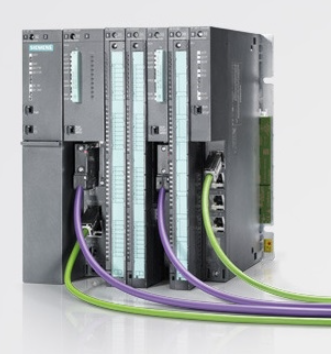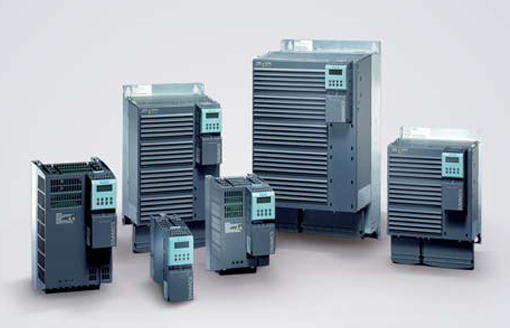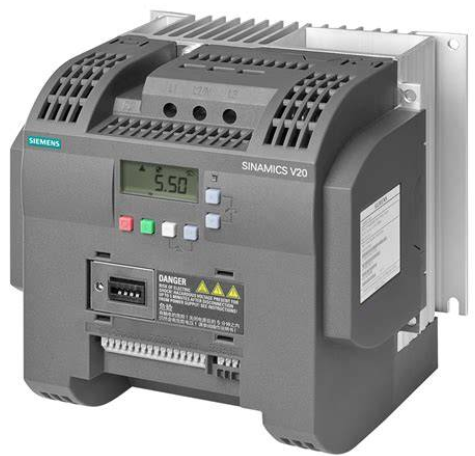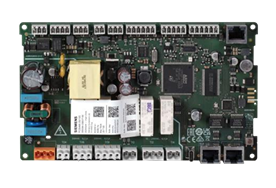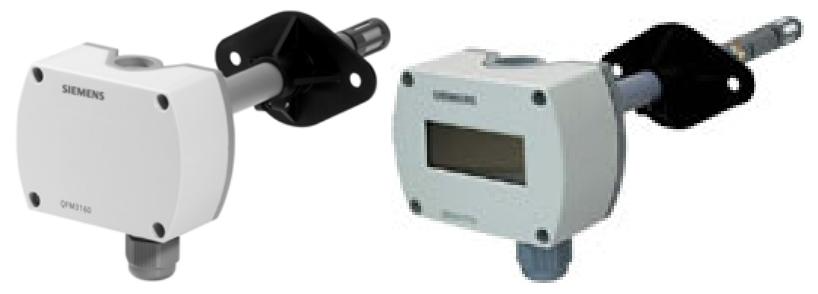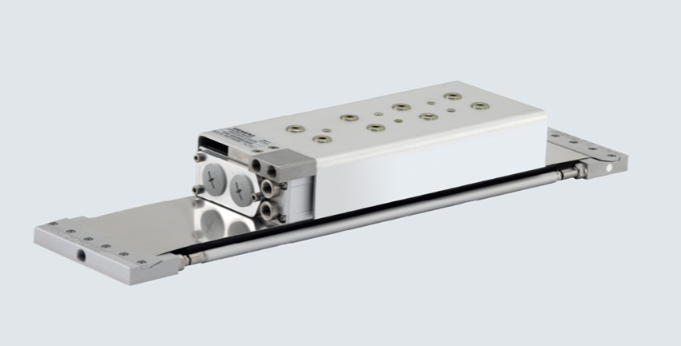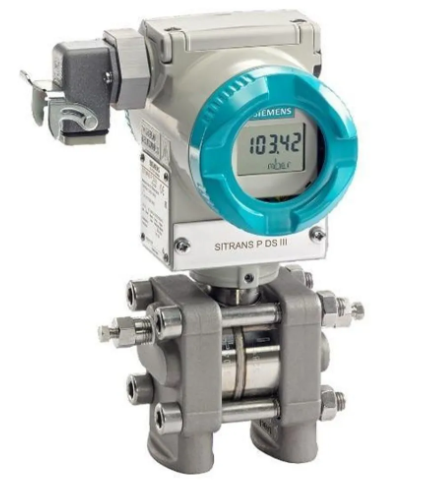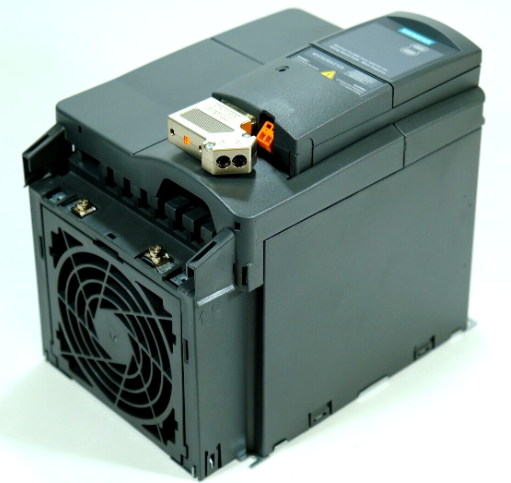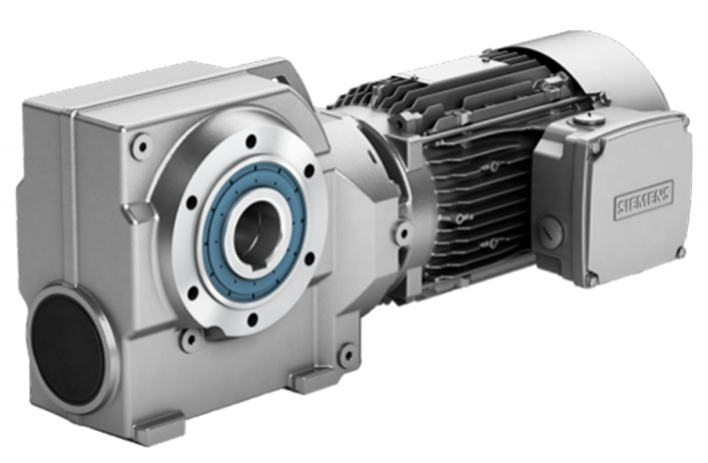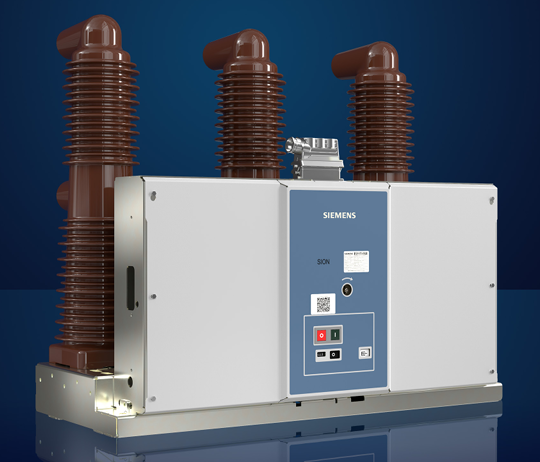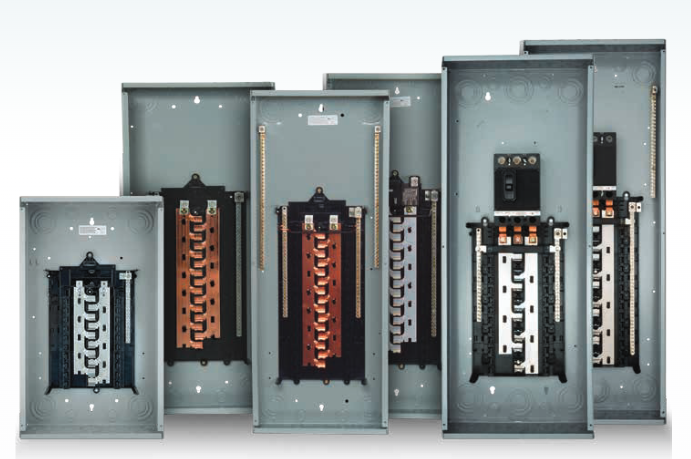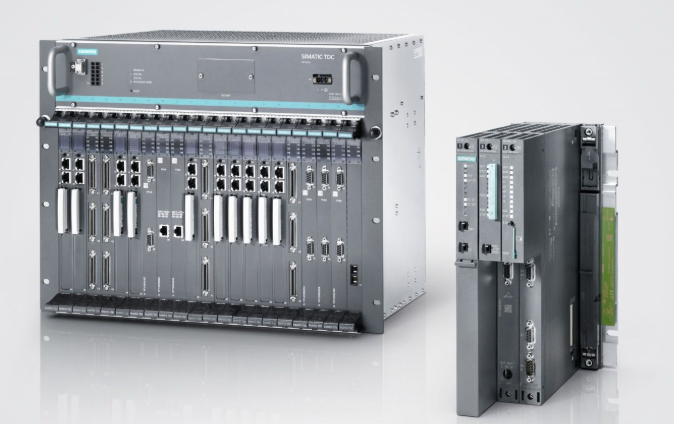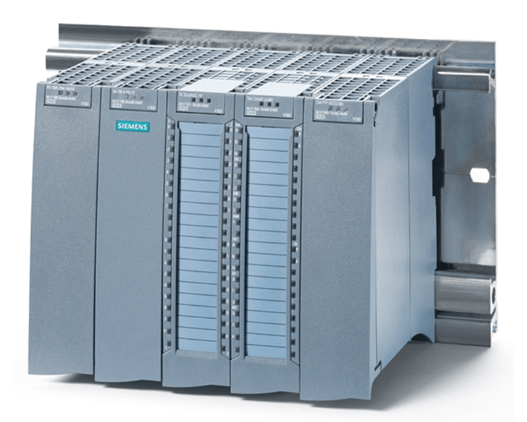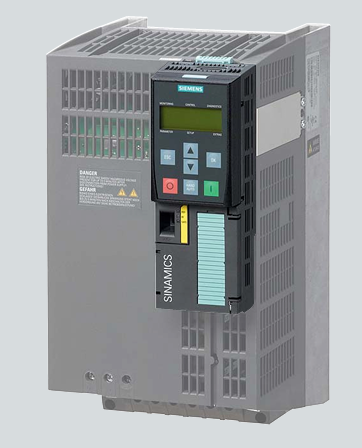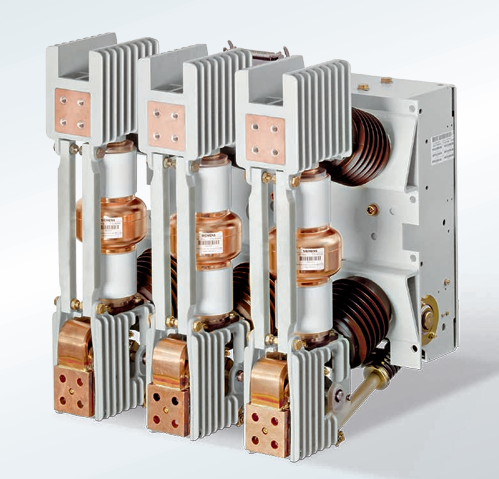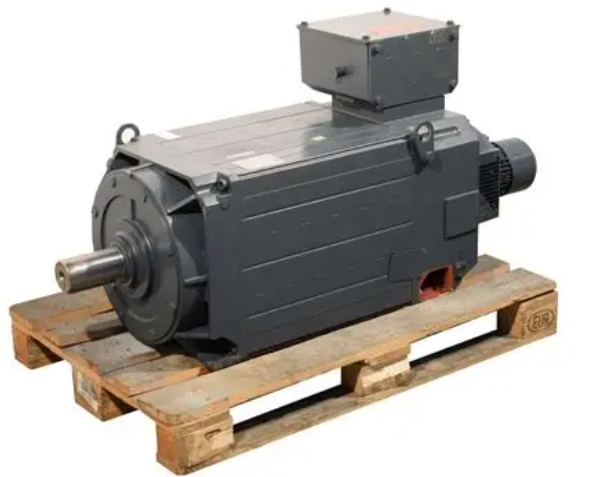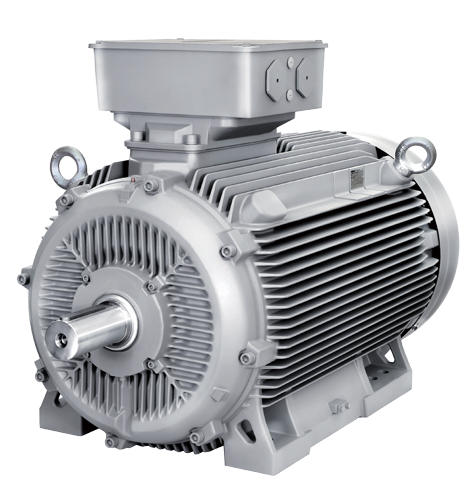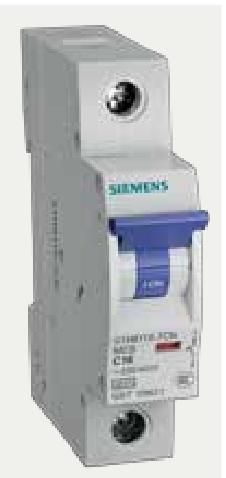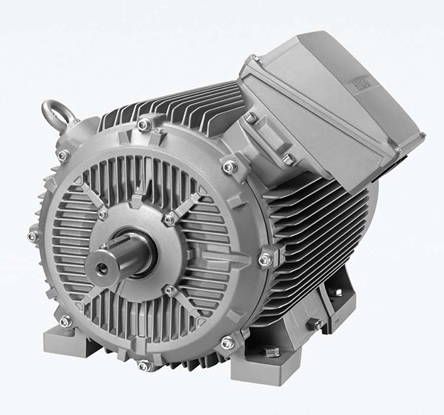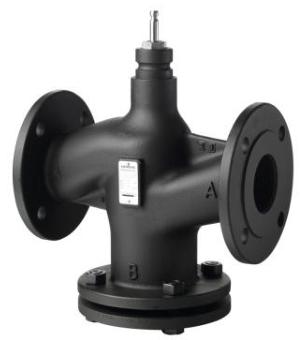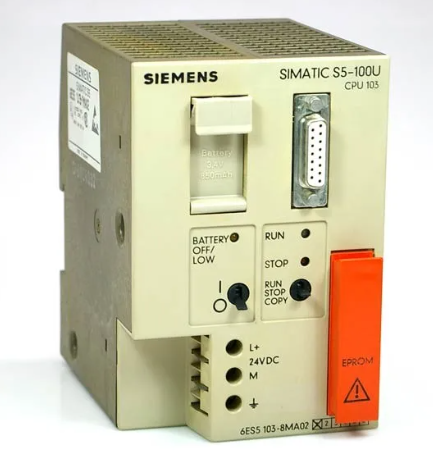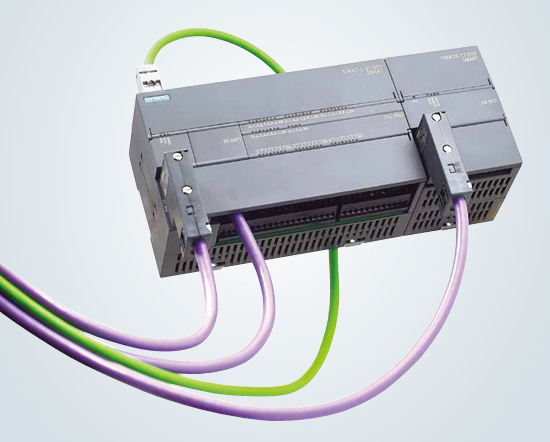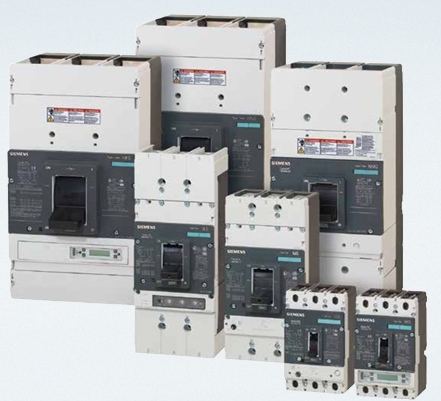P0916GG is a high-performance input module designed by FOXBORO for industrial field digital signal acquisition needs, and is a core component of its I/A Series (Intelligent Automation Series) control system. The main function of this module is to collect, isolate, and condition discrete digital signals from industrial sites (such as equipment operating status, valve switch signals, limit switch signals, etc.), convert them into standard digital signals recognizable by the control system, and achieve reliable communication between on-site equipment and the control system, providing basic data for monitoring, interlocking protection, and logic control of the production process.
FOXBORO P0916GG Digital Input Module
Module Core Overview
P0916GG is a high-performance input module designed by FOXBORO for industrial field digital signal acquisition needs, and is a core component of its I/A Series (Intelligent Automation Series) control system. The main function of this module is to collect, isolate, and condition discrete digital signals from industrial sites (such as equipment operating status, valve switch signals, limit switch signals, etc.), convert them into standard digital signals recognizable by the control system, and achieve reliable communication between on-site equipment and the control system, providing basic data for monitoring, interlocking protection, and logic control of the production process.
Its core advantages lie in its strong anti-interference ability, high reliability, and flexible configuration characteristics, which can adapt to complex and harsh industrial environments, ensuring the accuracy and real-time performance of signal acquisition.
Key technical parameters
Technical parameters are the core manifestation of module performance, and the key parameters of P0916GG are as follows, which can serve as important basis for selection and system integration:
1. Signal input characteristics
-Input type: DC digital input (DI), supports dry/wet contact signals, compatible with NPN/PNP output sensors;
-Number of input channels: usually 16 channels (standard configuration), with independent channel isolation to avoid signal crosstalk;
-Input voltage range: Typically supports 24V DC (industrial standard), compatible with a wide range of 12V DC~30V DC input, suitable for different on-site power configurations;
-Input current: Activation current ≤ 5mA (at 24V DC), standby current ≤ 1mA/channel, low-power design;
-Response time: ≤ 1ms, meets the requirements of high-speed signal acquisition, suitable for real-time control scenarios.
2. Electrical isolation and anti-interference
-Isolation method: Optoelectronic isolation is used between channels and between channels and backplane buses, with an isolation voltage of ≥ 2500V AC (rms) for 1 minute;
-Anti interference performance: Compliant with the IEC 61000-4 series standards, it has anti surge (± 2kV), anti-static (± 8kV contact/± 15kV air), anti electromagnetic interference (EMI) capabilities, and is suitable for industrial strong electromagnetic environments.
3. Working environment and physical characteristics
-Working temperature: -40 ℃~70 ℃, wide temperature design, suitable for extreme industrial scenarios such as high and low temperatures;
-Relative humidity: 5%~95% (no condensation), suitable for humid environments such as chemical and metallurgical workshops;
-Installation method: Standard 3U rack mounted installation, compatible with FOXBORO I/A Series standard control cabinets, supports hot swapping (some models), easy to maintain online;
-Dimensions: Approximately 160mm (width) x 100mm (height) x 200mm (depth), subject to actual condition;
-Weight: Approximately 0.8kg, lightweight design reduces the load-bearing pressure of the cabinet.
4. Communication and compatibility
-Bus interface: compatible with FOXBORO I/A Series fieldbus (such as FBM bus), supporting high-speed communication with system controllers (such as CP60/CP70);
-Communication protocol: Supports FOXBORO proprietary communication protocol, which can be used to configure module parameters, diagnose signals, and upload data through system software;
-System compatibility: Compatible with FOXBORO I/A Series V8.0 and above control systems, and can work in conjunction with other FBM series modules (such as analog input/output modules).
Core functional features
1. High reliability and stability
The module adopts industrial grade components and has undergone rigorous reliability tests such as high and low temperature aging, vibration and impact, with an average time between failures (MTBF) of ≥ 1 million hours. At the same time, the independent isolation design of channels avoids the impact of single channel failures on other channels, ensuring the overall stability of the system operation.
2. Flexible signal adaptation capability
Supports dry contact (passive signal) and wet contact (active signal) input, without the need for additional signal conversion modules, and can directly interface with common field devices such as limit switches, proximity switches, and photoelectric sensors. The wide voltage input range further enhances the adaptability of the module to different scenarios and reduces the difficulty of selection.
3. Comprehensive diagnostic and fault alarm functions
The module has channel level fault diagnosis capability, which can monitor input signal abnormalities (such as open circuit, short circuit), power faults, and module faults in real time, and upload fault information to the control system through the bus. At the same time, the module panel indicator lights (such as power lights, channel status lights, fault lights) intuitively display the operating status, making it easy for operation and maintenance personnel to quickly locate problems.
4. Support hot plugging and online maintenance
Some models support hot swapping function, which allows module replacement and maintenance to be completed without system shutdown, avoiding production interruption caused by module failure and improving production continuity. It is especially suitable for industries such as chemical and power that require high production continuity.
5. Convenient parameter configuration and management
The FOXBORO I/A Series system configuration software (such as InTouch, System Platform) can be used to configure module parameters (such as input signal type, response time), enable/disable channels, and set data acquisition cycles. The user interface is intuitive and reduces debugging difficulty. At the same time, it supports batch import/export of parameters, facilitating unified management of multiple modules.
Applicable scenarios
P0916GG has been deeply applied in multiple industrial fields due to its stable performance and wide adaptability, with core scenarios including:
1. Petrochemical industry
Used to collect temperature switch signals of reaction vessels, valve opening status signals, pump operation/stop status signals, etc., providing data support for interlocking control and safety alarms in chemical production processes, ensuring production safety and process stability.
2. Power industry
Adapt to the equipment status monitoring system of thermal power plants and hydropower stations, collect status signals of generator cooling systems, high-voltage switch opening and closing signals, transformer temperature protection signals, etc., to assist in real-time monitoring and fault warning of power systems.
3. Metallurgical industry
Used in the production process of steel and non-ferrous metals to collect temperature switch signals from blast furnace tuyere, operation status signals of rolling mill equipment, conveyor belt limit signals, etc., to adapt to harsh environments with high temperature and high dust, and ensure the continuous operation of metallurgical production.
4. Intelligent Manufacturing and Industry 4.0 Scenarios
In smart factories, the integration of sensor signals from automated production lines (such as workpiece arrival signals and equipment failure signals) enables digital acquisition and monitoring of the production process, providing real-time data for MES (Manufacturing Execution System) and improving production management efficiency.
5. Water treatment and environmental protection industry
Collect operation status signals of sewage treatment equipment (such as aerators, sedimentation tank scrapers) and water quality monitoring switch signals (such as liquid level switches, pH value exceeding alarm signals) to ensure stable operation of the water treatment process and meet environmental discharge requirements.
Installation and usage precautions
1. Installation specifications
-Before installation, it is necessary to confirm the compatibility between the module model and the system, check the appearance of the module for any damage, and ensure that the pins are not bent;
-Strictly follow the module pin definition for wiring, distinguish between the positive and negative poles of the power supply and the signal input line, and avoid module damage caused by reverse wiring;
-Ensure good contact and secure fixation between the module and the rack during installation to prevent loose wiring caused by vibration;
-Reserve at least 5cm of heat dissipation space around the module to avoid close installation with heating devices (such as power modules) and prevent high temperatures from affecting performance.
2. Debugging and maintenance
-Before debugging, the input signal needs to be calibrated to ensure that the signal amplitude is within the input range of the module;
-Regularly check whether the module wiring terminals are loose or oxidized, and clean the dust in a timely manner, especially in dusty environments;
-Regularly check the running status and fault logs of modules through system software to anticipate potential issues in advance;
-When replacing a module, it is necessary to first cut off the power supply of the module. If hot plugging is supported, follow the system operation specifications to avoid bus faults caused by live operation.
3. Safety precautions
-When the module is working, it needs to be connected to a power supply that meets the specifications to avoid overvoltage and overcurrent impact;
-When used in flammable and explosive environments, it is necessary to confirm that the module has the corresponding explosion-proof level (such as Ex d IIB T4) to avoid safety hazards;
-Strict adherence to industrial safety operating procedures is required during maintenance to prevent electric shock or equipment damage.
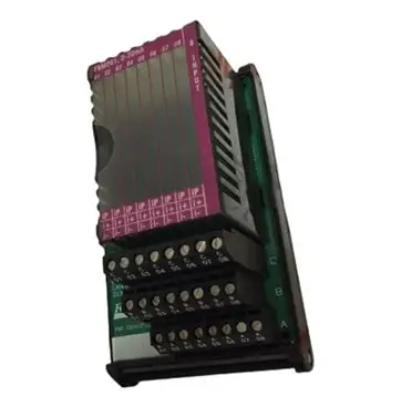
- User name Member Level Quantity Specification Purchase Date
- Satisfaction :
-









Email:wang@kongjiangauto.com




